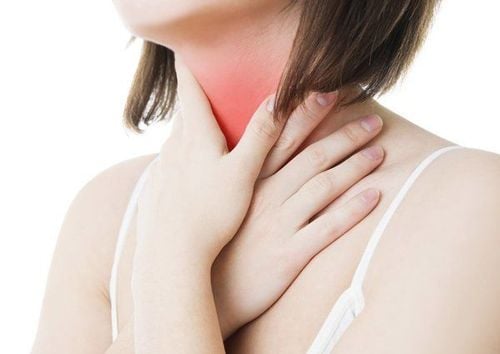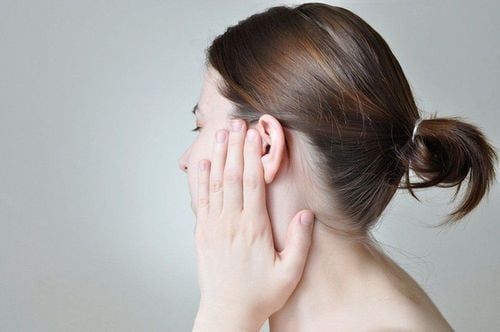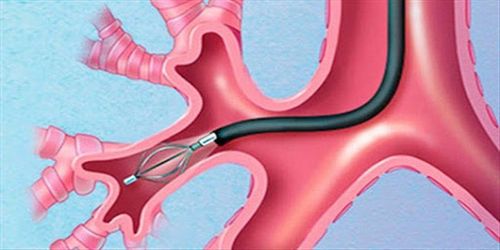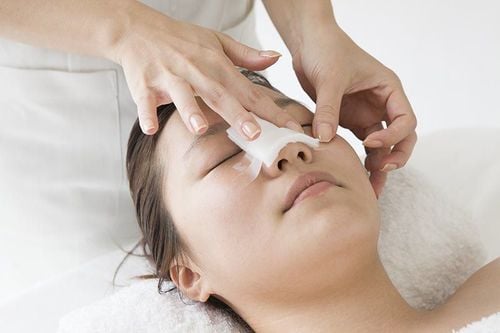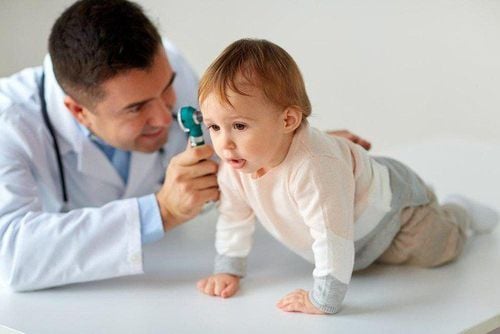This is an automatically translated article.
The article was consulted with Specialist Doctor II Nguyen Van Thai - Ear - Nose - Throat Doctor - Department of Otolaryngology and Head and Neck Surgery - Vinmec Danang International Hospital.Nose injuries often occur during play, sports, accidents, fights, and falls. Pain, swelling, nosebleeds, and bruising are common symptoms, even with minor trauma.
1. What is a nose injury?
Nose trauma is an injury to the nose or trauma around the nose. Trauma to the inside or outside of the nose can cause trauma to the nose.2. Common types of nose trauma
2.1 Nasal Major Fracture Nose major fracture is the most common type of nasal trauma. An open fracture is when the skin of the nose is torn and damaged, exposing bone-cartilage. A closed nasal fracture is when the bone is damaged but the wound is not exposed. When a nasal fracture occurs, the nose should be evaluated for signs of a septal hematoma.Possible symptoms of a major nasal fracture include:
Bruising around the nose or eyes Feeling or hearing a "hissing" sound when touching the nose Excessive nosebleed or runny nose. 2.2 Nosebleeds The blood vessels in the nose are fragile and can bleed from strong impact or from excessive irritation or scratching. Nosebleeds can be treated by applying ice to the nose to constrict the blood vessels and squeezing the nostrils for a few minutes to limit bleeding and help blood clot.
If the patient has signs of nosebleeds lasting more than 10 minutes, they need to go to a medical facility for first aid and medical examination. Other possible causes of nosebleeds include frequent blowing of the nose, dry nose or foreign object stuck in the nose, trauma to the nose.
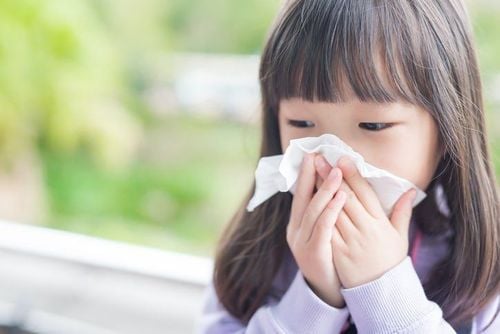
Nasal congestion Frequent nosebleeds Headaches and trouble sleeping Postnasal drip Loud snoring or noisy breathing. Nose injuries can be mild or severe, depending on the extent of the injury or the specific cause. Therefore, when an injury occurs, you need to immediately go to medical facilities for timely examination and treatment, in order to minimize the rate of permanent disability.
3. Causes of nose trauma
Nose injuries due to external factors can happen when force is applied to your nose. Common causes of external nose injuries include:Falls Sports injuries Motor vehicle accidents Assault or physical abuse Internal trauma to the nose can occur when damaged cartilage or blood vessels inside your nose. Common causes of internal nasal trauma include:
Infection from the nose piercing Irritation from inhaling certain substances Inhaling cocaine or other illegal substances Picking or scratching the inside of the nose Foreign body
4. How are nose injuries treated?
Mild nose injuries are likely to be treated at home, using first aid measures and basic home care. In other cases, you may need treatment in a medical facility, the treatment plan will be different depending on the type of injury and the severity of the nose injury. Use:Burning (cauterization) or inserting wicks to stop bleeding Using drugs Surgery. 4.1 First aid and home care To treat minor nosebleeds:
You sit up straight and lean slightly forward to lower the blood pressure in your nose. Squeeze the soft above the nose for 5 to 15 minutes. During this nose squeeze phase, breathe through your mouth and keep your head above your heart. Avoid stuffing anything in your nose or blowing your nose for a few hours afterward.
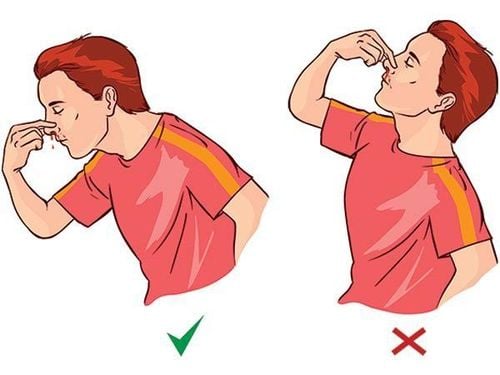
Apply ice for 10 to 20 minutes at a time throughout the day and for the first few days after the injury. Wrap ice in a thin cloth or towel to protect your skin from getting too cold. Take an over-the-counter anti-inflammatory pain reliever, such as ibuprofen. Sleep with your head elevated to reduce pain and swelling. If you suspect that your nose is severely damaged, contact your doctor as soon as possible. To remove a foreign body from your nose:
Try to gently blow the object out of your nose by plugging the unaffected nostril. If the foreign body is visible and can be easily grasped, try to gently remove it with tweezers. If the above two methods fail, you should go to a medical facility for treatment. Do not attempt to remove the foreign body or use a cotton swab or other instrument to probe the object. 4.2 Cauterization or stuffing If you have nosebleeds that last more than 20 minutes or come back frequently, contact your doctor to find out the cause. You may have blood tests or imaging tests of your nose to diagnose the cause.
Two common treatments for nosebleeds are cauterization and nasal wicking.
4.3 Medication Your doctor may prescribe over-the-counter or prescription medications to help treat certain types of nasal trauma. Example:
Pain relievers to ease discomfort Antibiotics to treat infections Nasal sprays to reduce irritation. 4.4 Surgery If you have a severe broken nose, your doctor may recommend surgery to repair the condition. In other cases, you may need more intensive reconstructive surgery to repair a nasal fracture.

5. Preventing nose injuries
You can prevent many types of nose injuries by taking simple precautions. For example:Wear a suitable helmet when playing sports or participating in activities such as cycling and skateboarding. Always fasten your seat belt. Use a protective mask when working with hazardous substances. Do not smoke and do not abuse illegal substances. Do not put foreign objects in the nose. By following these simple steps, you can protect your nose health and avoid potential injuries.
Please dial HOTLINE for more information or register for an appointment HERE. Download MyVinmec app to make appointments faster and to manage your bookings easily.





